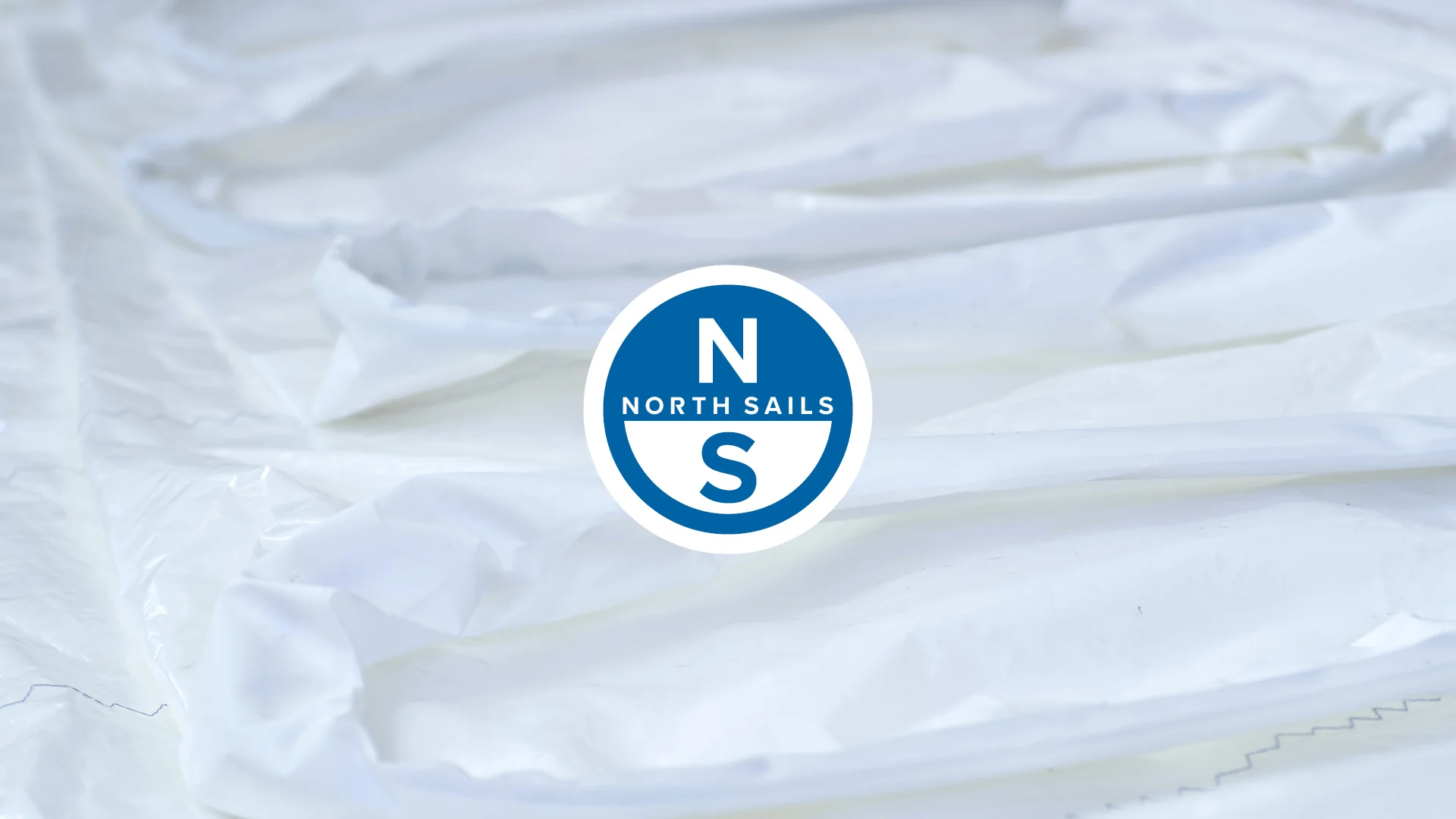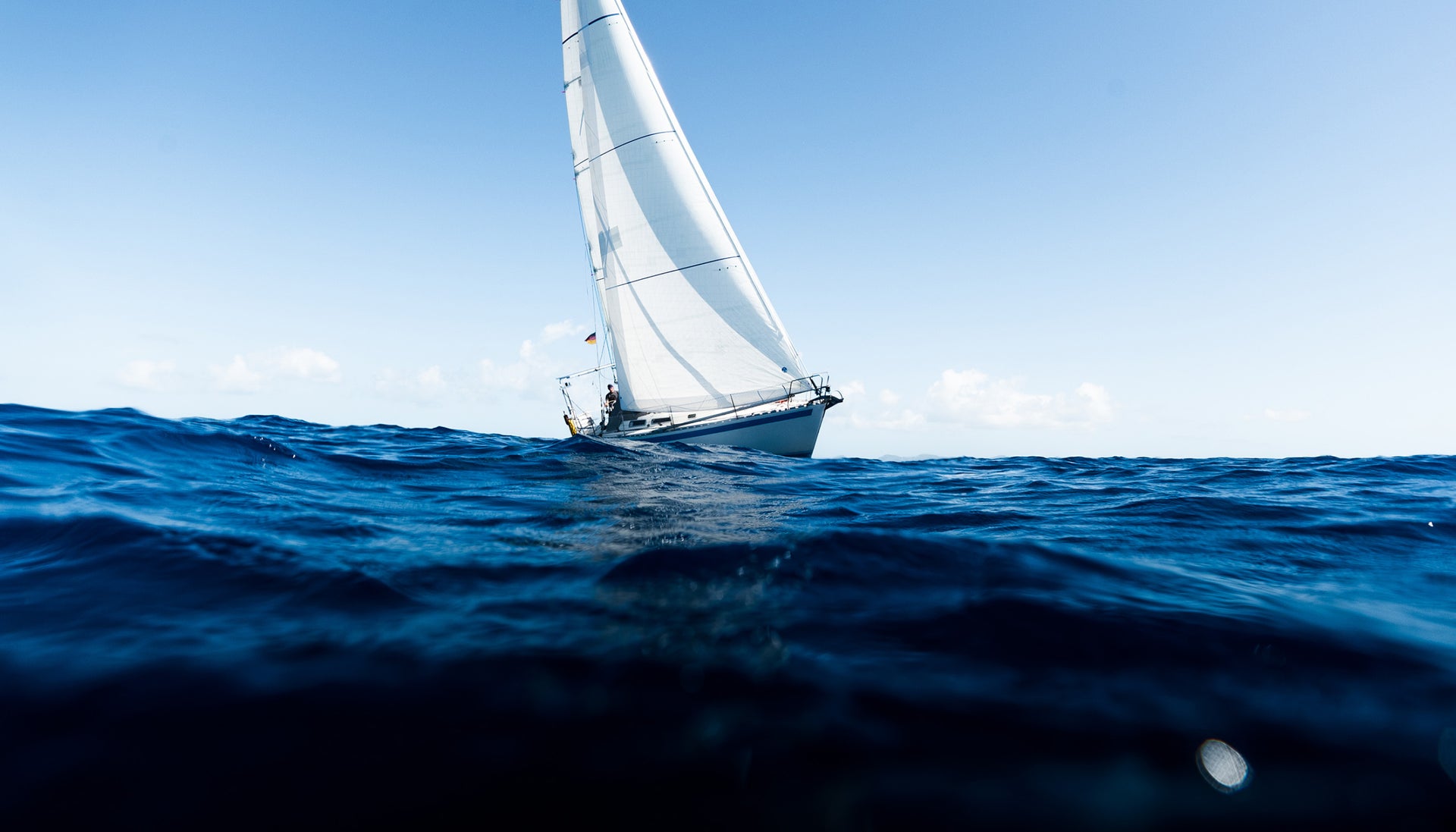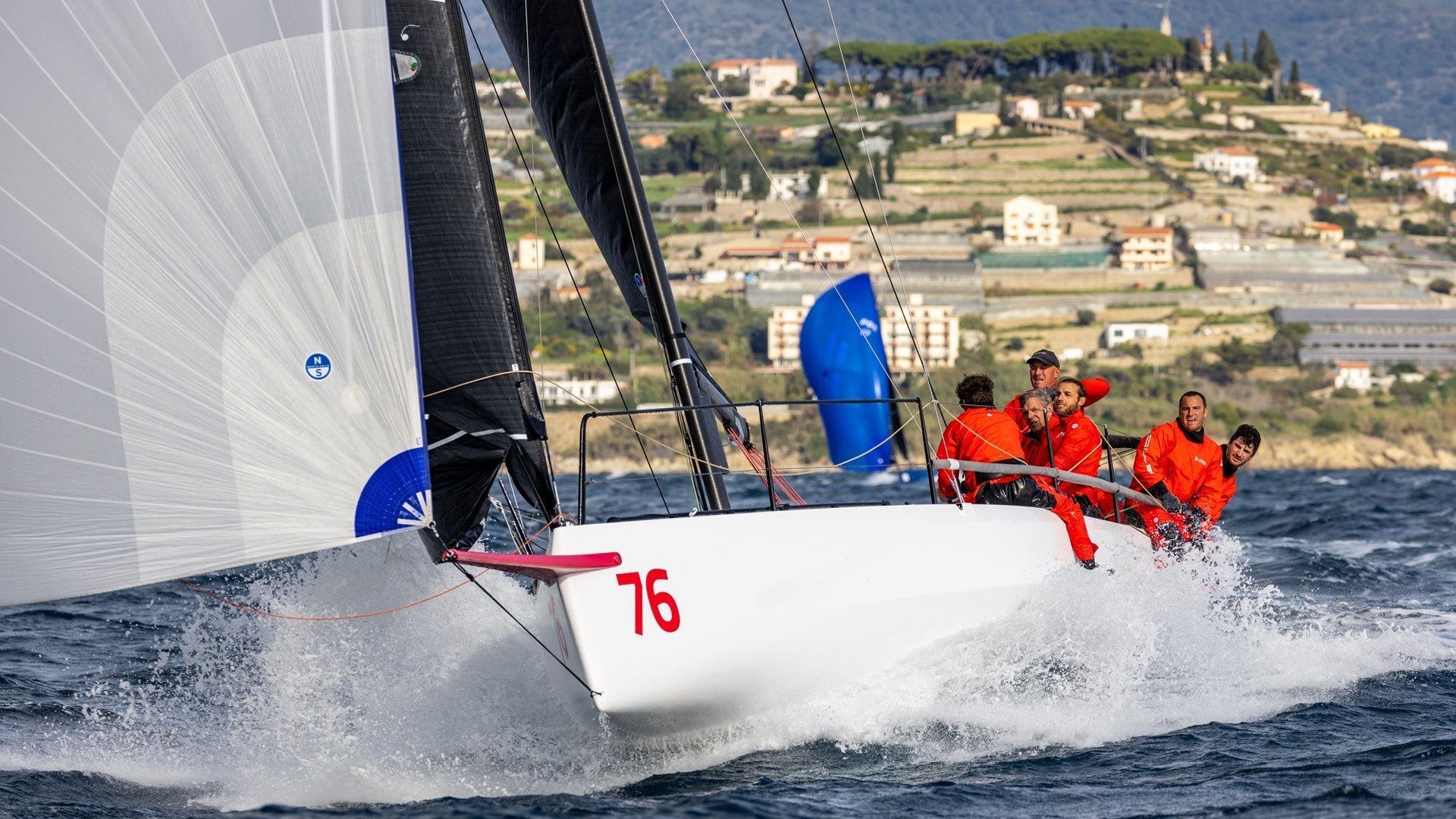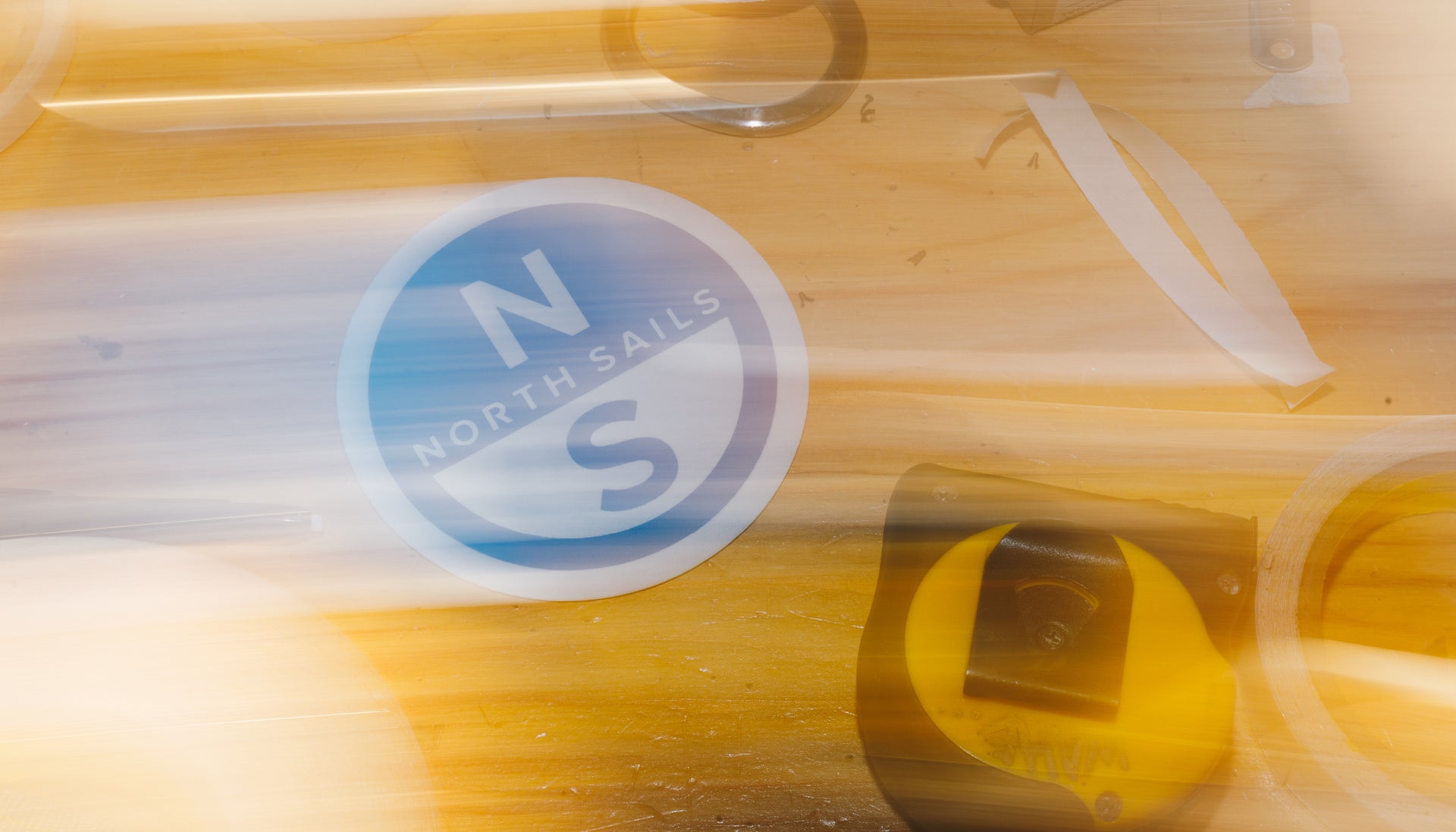OPTIMIST TUNING GUIDE
V-Series Important Settings for Key Performance
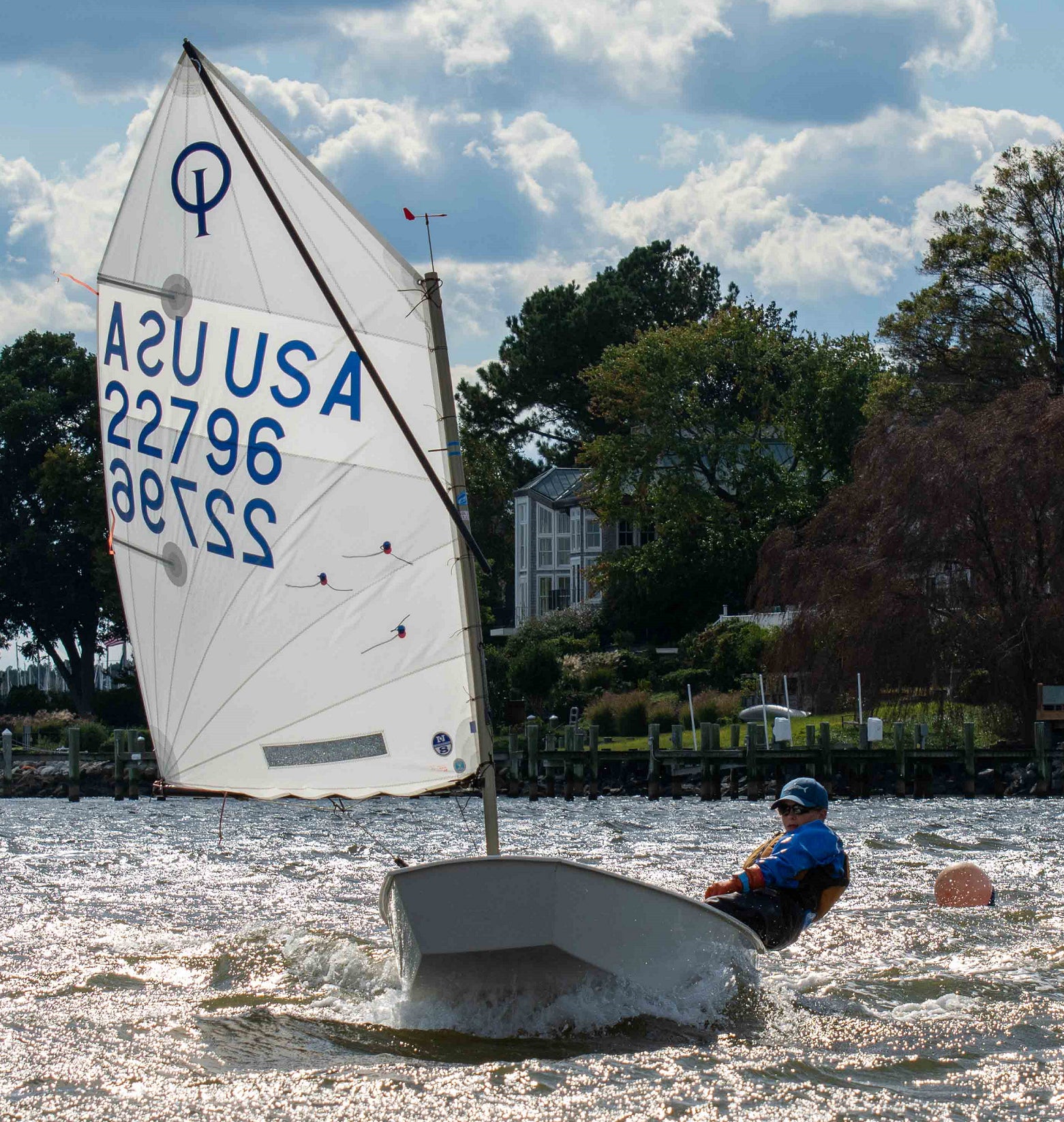
Power your new North Sails Optimist V-Series mainsail for speed following the recommendations on this quick tuning guide.
BASE SETTINGS
Sail ties can be adjusted in the range of 1-5mm in light wind and heavy wind to have comfortable depth and shape.
- LIGHT WIND: Smaller space at the middle so that leech becomes easier open.
- HEAVY WIND: Smaller space at the middle so that you can make the shape comfortably flat enough to reduce the power.
Sail Ties:
- Top: 2mm
- Middle: 2mm
- Bottom: 2mm
* Parallel to the mast.
Distance of space distribution to be made from top to the bottom.
Adjustment is required only for suitable sail shape (depth) for each condition and to be done only when needed.
These are sometimes required depending on mast stiffness and sailor’s weight, but only when if needed.
BASIC TRIM
| Wind Range | 0-8 knots | 8-12 knots | 12-16 knots |
|---|---|---|---|
| Mast Rake | 2780 – 2800 mm | 2770 – 2790 mm | 2770 – 2780 mm |
| Sprit | Wrinkles | Some Wrinkles | A Few Wrinkles |
| Vang | No tension in upwind | Light tension in upwind | Tension |
| Prebender | 2 turns / Some Slack at Luff |
2 turns / Some Slack at Luff |
No Wrinkle at Luff |
| Center Board | Max | Max | Max |
| Wind Range | 16-24 knots | 25+ knots |
|---|---|---|
| Mast Rake | 2750 – 2760mm | 2790 ±10mm |
| Sprit | Wrinkles | Wrinkles |
| Vang | Lots of tension | Cleat with main sheet trimming harder |
| Prebender | Tension on Luff | Tension on Luff |
| Center Board | 0-50 mm up | 30-70 mm up |
OUTHAUL CONTROL – VERY IMPORTANT FOR KEY PERFORMANCE!
- You have to pay attention to the outhaul to adjust it properly according to the conditions and sailors weight.
- You need to find the best position that fits your weight, mast rake( boom position), sea status, weather helm feeling for each condition.
- Playing outhaul in the range of 20mm at the boom end.
- Ease it maximum in 10-14knots and clew end has to be located 30-40mm away from the boom end.
- FLAT WATER – Trim 10mm more than the normal position.
- LIGHT / VERY STRONG WIND – Bottom to be flattened comfortably.
